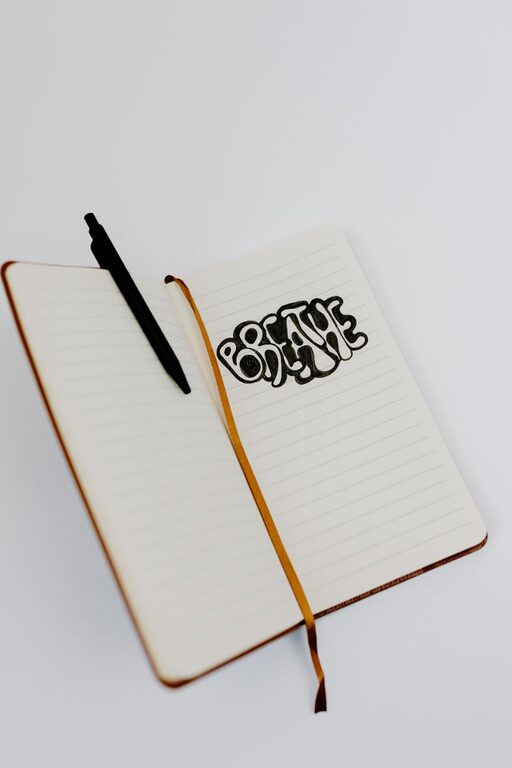
Building a reading habit can be one of the most rewarding personal goals to set. Whether you want to enjoy stories, learn new skills, or simply unwind, reading regularly offers many benefits. However, starting a reading habit might feel challenging if you don’t know where to begin or if you struggle to find time. The good news is that developing a simple, sustainable reading habit is easier than you think. This post will guide you through practical steps to help you enjoy reading every day.
Why Build a Reading Habit?
Before diving into the how-to, it’s helpful to consider why reading daily matters:
– Mental stimulation: Reading keeps your brain active, improving focus and critical thinking.
– Knowledge growth: Books are a rich source of information on countless topics.
– Stress reduction: Immersing yourself in a good story can be relaxing and enjoyable.
– Vocabulary expansion: Regular reading introduces new words and ways of expression.
– Better writing skills: Exposure to good writing naturally influences your own communication.
With these benefits in mind, let’s explore easy ways to make reading a regular part of your day.
Step 1: Start Small and Set Realistic Goals
Many people fail to build habits because their goals are too big or overwhelming. Instead of aiming to read a whole book each week, begin with manageable targets. For example:
– Read for 5-10 minutes daily.
– Finish one chapter at a time.
– Aim to read a certain number of pages per day, such as 5 or 10 pages.
Small goals reduce pressure and make it easier to stay consistent. Once this becomes a routine, you can gradually increase your reading time or page count.
Step 2: Create a Dedicated Reading Time
Designating a specific time for reading helps signal to your brain that this is your moment to unwind and focus on books. Some popular options include:
– Morning reading session before the day begins.
– Reading during lunch breaks.
– Evening reading before bed, to wind down peacefully.
Choose a time that fits your schedule, and try to stick to it daily. This regularity reinforces your habit and makes it easier to follow through.
Step 3: Choose Books That Interest You
Reading is meant to be enjoyable, so select something you genuinely want to read. This could be:
– Fiction genres you love, such as mystery, fantasy, or romance.
– Non-fiction about hobbies, self-improvement, history, or science.
– Short stories or essays if longer books feel too demanding.
Avoid forcing yourself to finish books you don’t enjoy—it can discourage reading altogether. Feel free to switch books if one doesn’t capture your attention.
Step 4: Minimize Distractions
Creating a cozy and distraction-free reading environment enhances your focus and enjoyment. Consider these tips:
– Turn off notifications on your phone or put it on silent.
– Choose a comfortable spot with good lighting.
– Use headphones with relaxing music or ambient sounds if it helps you concentrate.
You might also try keeping your reading material separate from other digital distractions by using a physical book or an e-reader with limited apps.
Step 5: Keep Books Accessible
Make it easy to pick up a book whenever you have a free moment. Keep books or your e-reader in places like:
– Your bedside table.
– Your bag or backpack for reading on the go.
– Your work desk or living room.
Having books handy encourages spontaneous reading sessions during short breaks or waiting times.
Step 6: Track Your Progress
Monitoring your reading habit can keep you motivated and provide a sense of accomplishment. Here are some ideas:
– Use a reading journal to note what you’ve read and your thoughts.
– Track your daily reading minutes or pages on a habit app.
– Join online reading challenges or book clubs for social support.
Celebrating small milestones helps maintain enthusiasm and makes reading feel rewarding.
Step 7: Mix It Up with Different Formats
Reading doesn’t have to be limited to printed books. Try mixing formats to keep things fresh:
– Audiobooks for listening during commutes or chores.
– E-books for convenience and access to many titles.
– Graphic novels or illustrated books for a visual experience.
Variety can prevent boredom and adapt reading to your lifestyle and preferences.
Step 8: Be Patient and Kind to Yourself
Building any habit takes time. Don’t be discouraged if you miss a day or find it hard to maintain consistency at first. Instead:
– Gently remind yourself why you want to read.
– Restart your routine without guilt after missed days.
– Adjust your goals to better fit your life.
A reading habit develops with regular effort and enjoyment—not pressure.
Final Thoughts
Creating a simple reading habit is about making reading an easy and enjoyable part of your daily life. Start small, choose books you love, and set aside dedicated time. Minimize distractions and keep your books accessible to encourage frequent reading. Track your progress for motivation, mix up formats, and be patient with yourself as you build this rewarding habit. With these steps, you’ll find reading becoming a natural and joyful routine before long.
Happy reading!



